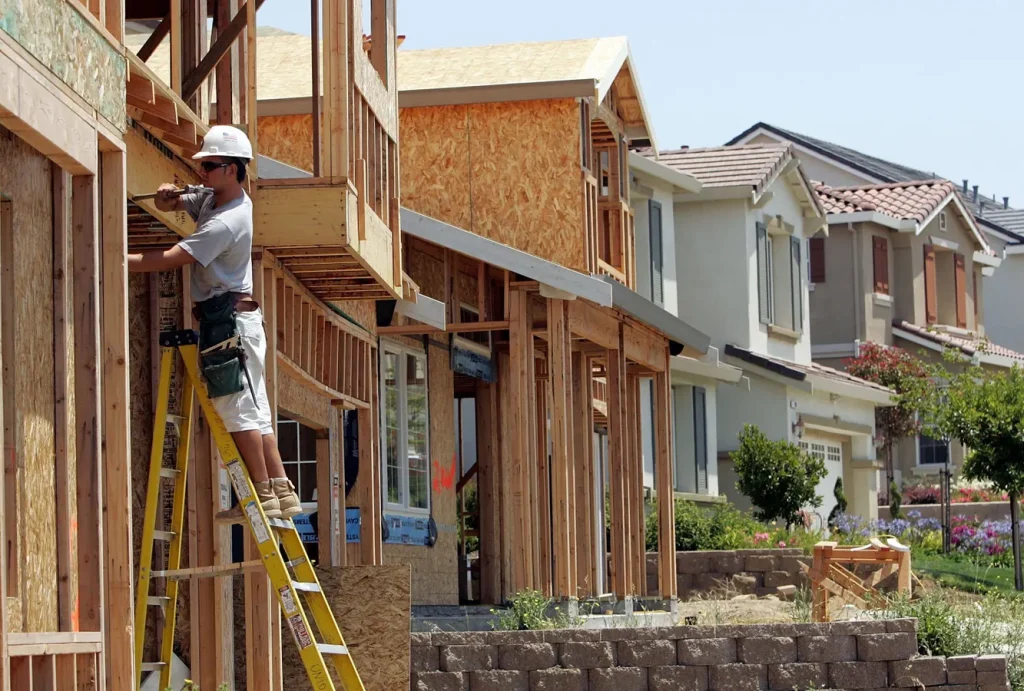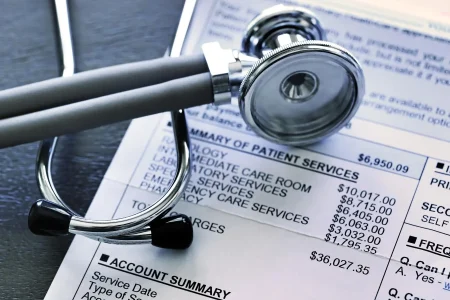Housing Market Shows Signs of Cautious Optimism Amid Lower Interest Rates
After a challenging period for the housing industry, a glimmer of hope emerged in October as builder confidence saw its largest monthly jump since January. The National Association of Home Builders (NAHB)/Wells Fargo Housing Market Index climbed five points to reach 37, marking the highest level since April. While this reading still falls below the threshold of 50 that separates optimism from pessimism in the industry, the significant improvement suggests a potential turning point in the housing market. This uptick coincides with the Federal Reserve’s decision to cut interest rates for the first time in nearly two years, signaling a shift in monetary policy that has already begun to positively impact mortgage rates and, consequently, home affordability. The 30-year fixed-rate mortgage decreased from above 6.5% in early September to approximately 6.3% by early October, creating a slightly more favorable environment for potential homebuyers who have been waiting on the sidelines.
The timing of this confidence boost is particularly valuable given the recent government shutdown, which delayed official housing construction reports from the Census Bureau. NAHB economists suggest that their index can serve as a reliable alternative indicator during this data gap, with modeling of historical trends indicating the October increase in builder sentiment likely corresponds to approximately a 3% rise in September building permits. This relationship between sentiment and actual construction activity highlights the index’s importance as a leading economic indicator. Since its creation in 1985, the NAHB survey has tracked builders’ assessments of current sales conditions, expectations for the next six months, and prospective buyer traffic, providing a comprehensive view of the industry’s outlook. The index experienced dramatic swings in recent years, reaching a record high of 90 in late 2020 when mortgage rates were at historic lows, before plummeting to 31 in December 2022 as the Federal Reserve aggressively raised interest rates to combat inflation.
The housing market’s sensitivity to interest rate changes makes it an early barometer for shifts in monetary policy, as fluctuations in mortgage rates quickly influence demand for new homes. This responsiveness explains why housing activity often leads broader economic trends and why the recent uptick in builder confidence could signal improved conditions ahead. However, the recovery remains tentative, with only one in three builders describing current market conditions as favorable. The prevalence of price cutting and incentives reveals an industry still working to attract buyers in a rate-sensitive environment. About 38% of builders reported reducing prices in October, with the average discount increasing to 6%, up from the 5% average in previous months. Nearly two-thirds of builders continue to offer some form of incentive to close deals, resulting in new homes often selling at lower prices than existing ones—an unusual market dynamic that reflects ongoing affordability challenges.
Despite these persistent headwinds, industry leaders see reason for cautious optimism. NAHB Chairman Buddy Hughes, a builder from North Carolina, characterized the recent rate declines as “an encouraging sign for affordability” while acknowledging that “most home buyers are still on the sidelines, waiting for mortgage rates to move lower.” This wait-and-see approach from potential buyers suggests pent-up demand that could be released if mortgage rates continue their downward trajectory. The Fed’s policy shift toward easing, following an extended period of tightening, suggests this possibility is increasingly likely. Lower borrowing costs would improve purchasing power for first-time buyers who have been particularly affected by affordability constraints, potentially unleashing demand that has been suppressed during the high-rate environment of the past two years.
For investors watching the housing sector, the October improvement offers a welcome sign after a difficult stretch. The SPDR S&P Homebuilders ETF, with $1.9 billion in assets under management, has underperformed the broader market significantly, dropping 15% over the past year while lagging the S&P 500 by approximately 30 percentage points. Homebuilding stocks typically anticipate shifts in demand rather than merely reacting to them, making the recent uptick in builder sentiment potentially significant for the sector’s investment outlook. If history serves as a guide, improving builder confidence could precede a recovery in homebuilding shares, especially if the Fed continues its easing cycle and mortgage rates stabilize or decline further. Investors appear to be positioning for this possibility, recognizing that housing stocks often lead rather than follow the actual recovery in housing market activity.
While the October index reading doesn’t yet signal a full recovery, it represents something that has been notably absent from the housing market narrative for much of the past two years: positive momentum. The combination of lower interest rates, improving affordability, and cautious optimism among builders suggests the potential for a gradual strengthening in housing activity as we move forward. Labor shortages and elevated construction costs remain significant challenges for builders, but the improving interest rate environment has begun to offset these obstacles. If the Federal Reserve continues its pivot toward accommodation and mortgage rates respond accordingly, the housing market could see an acceleration in activity heading into 2025. This would have positive ripple effects throughout the economy, from construction employment to manufacturing of building materials to consumer spending on home furnishings and appliances. After an extended period of contraction, even a modest housing recovery would provide welcome support to overall economic growth and potentially signal a broader improvement in consumer confidence and spending power.















